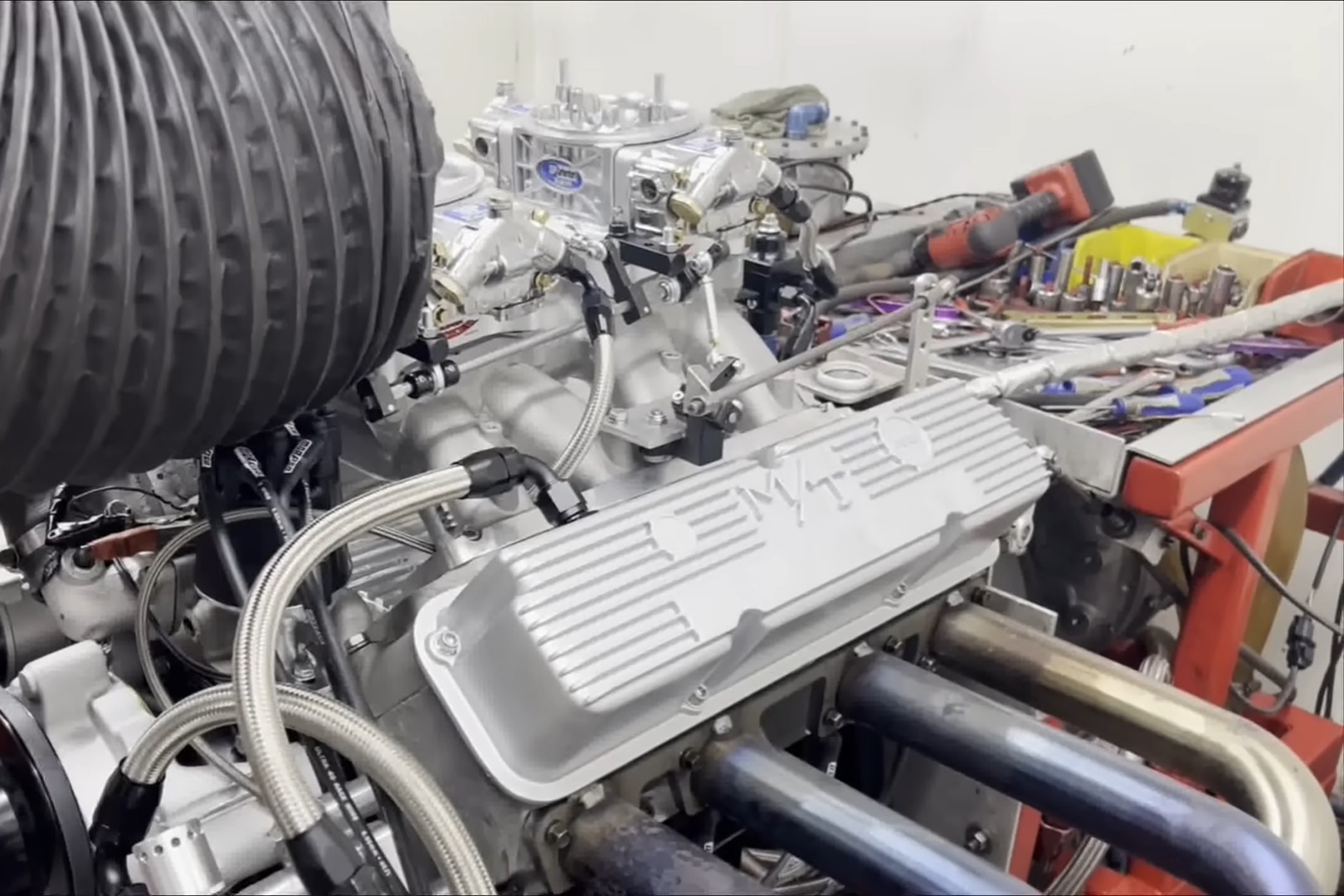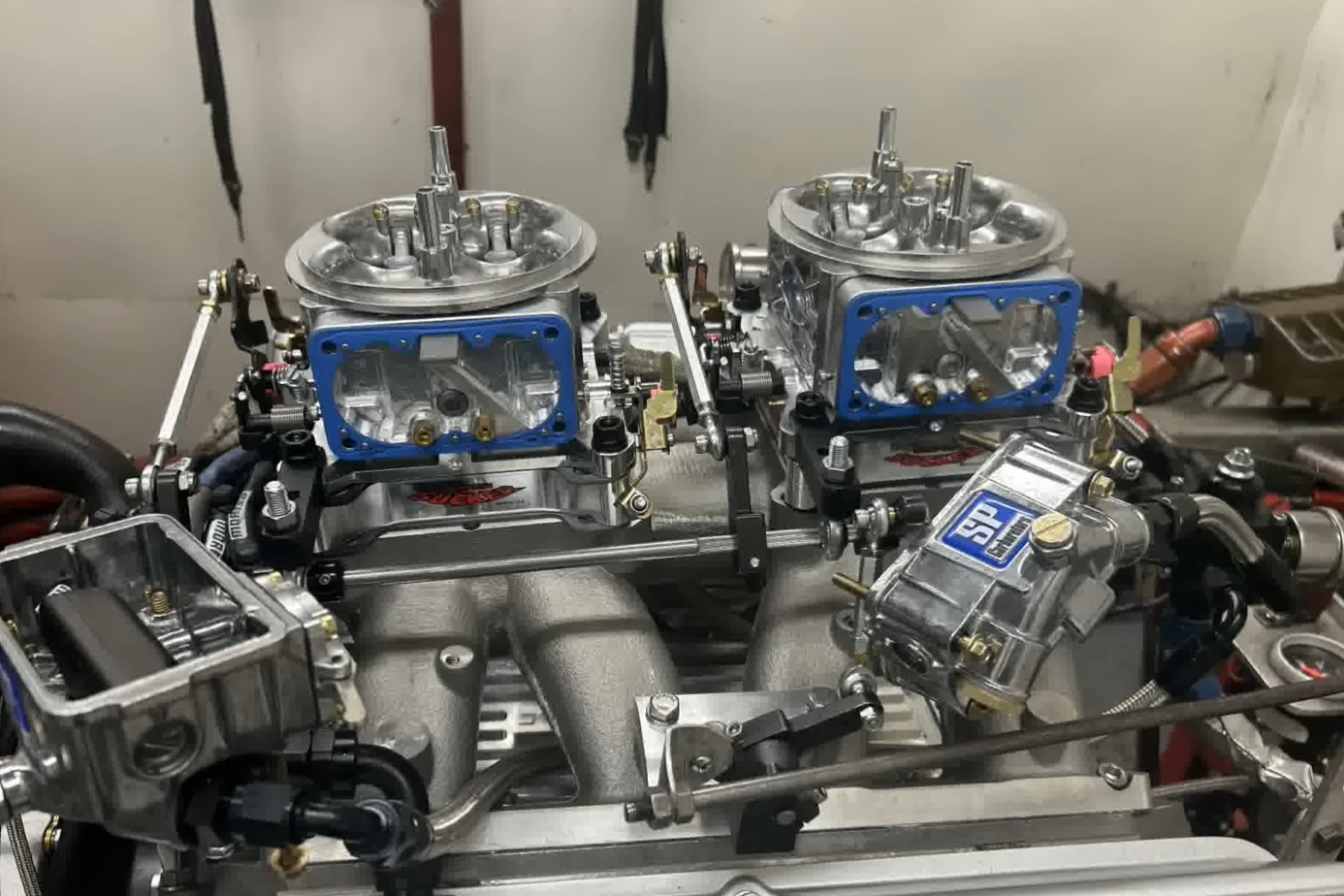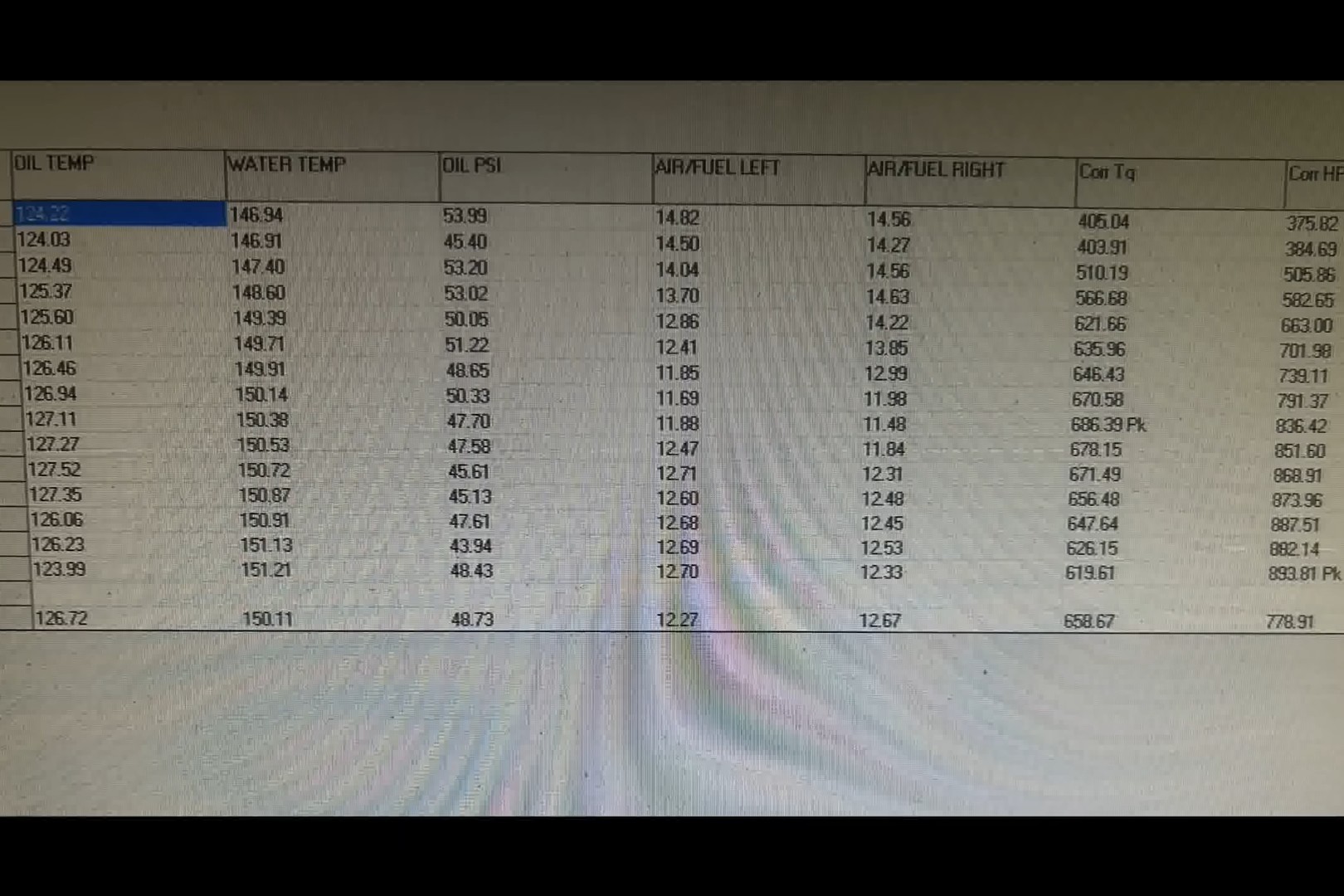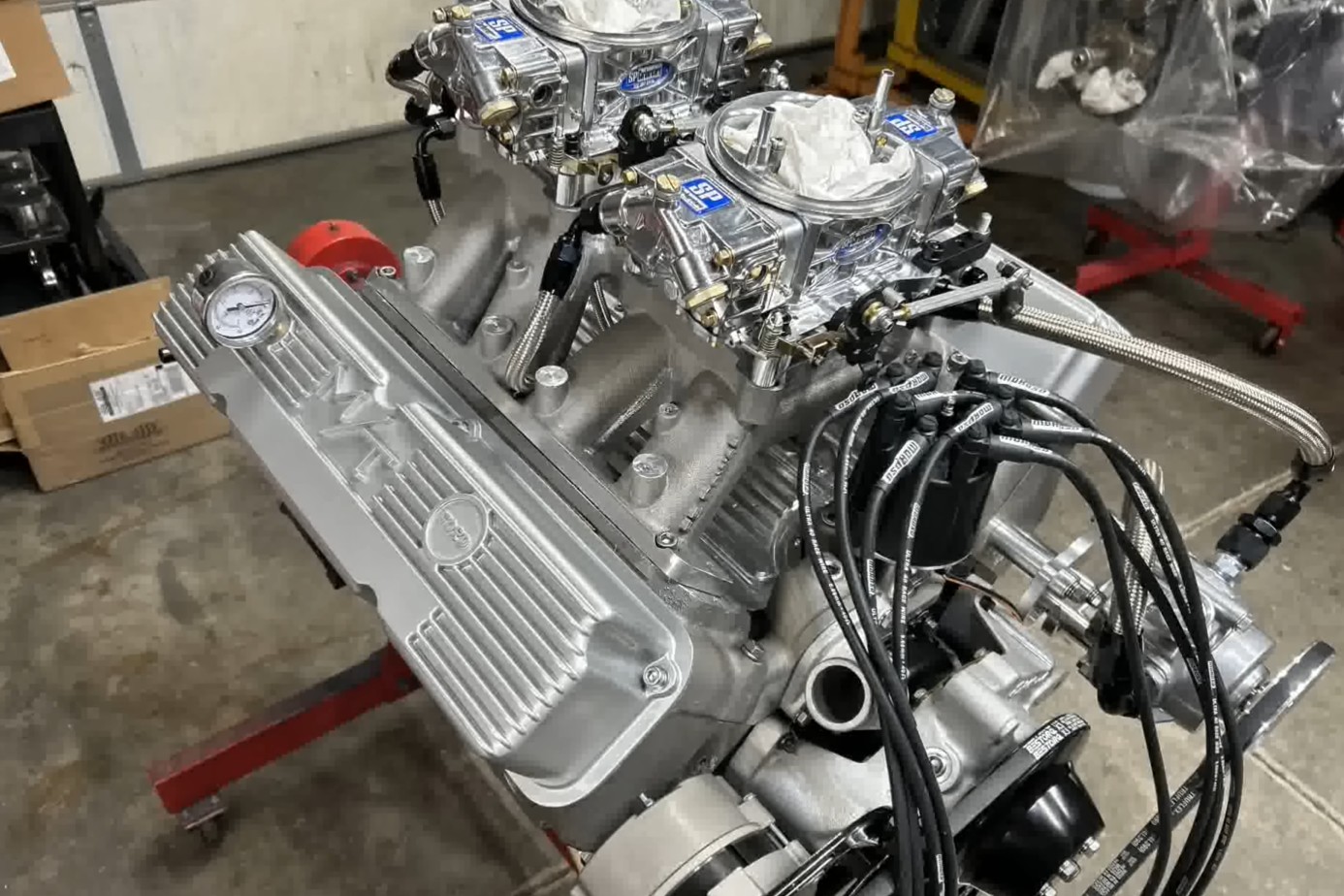For custom engine builders, dyno day is where preparation is put to the test. But let’s face it, sometimes, just getting to the dyno can be a battle against the elements. Brent Lykins of Lykins Motorsports recently shared one such adventure. He used a customer’s 511- cubic-inch Ford FE big-block V8 to the dyno at Delmare’s Racing Engines and aimed to validate its horsepower potential.
The engine is a serious piece of Ford FE big-block muscle. Lykins stated early in his video, “I have Mr. Mike’s 511 FE in the back and we’re getting ready to put it on the dyno and see what it does.”
The logistics of dynoing large, often tall, custom engines like this FE can be problematic sometimes. As Lyknis noted, “I had to have a custom set of dyno headers made specifically for… this dyno build” due to the configuration of the Stuska dyno cart. Once set up with Sunoco 112 race fuel, initial pulls showed the carburetors were “a little bit on the rich side,” Brent explained, prompting a jet change. He also detailed a common dyno-day challenge with certain oil pans.
Once set up with Sunoco 112 race fuel, initial pulls showed the carburetors were “a little bit on the rich side,” Brent explained, prompting a jet change. He also detailed a common dyno-day challenge with certain oil pans.
He mentioned that the rear-sump oil pan, necessary for some chassis fitments, can cause issues on a static dyno. “If you don’t add any oil, the oil pressure drops. If you do add oil… it gets it up close to the crankshaft, and then you lose horsepower.” Lyknis exclaimed. For safety, they opted to add the extra oil, accepting a likely small horsepower penalty due to windage. After initial runs showed around 835 horsepower, Lykins made some key adjustments. Following consultation with Jay Brown, who designed the cylinder heads for this FE and allowed the engine a full heat cycle, Brent bumped the ignition timing from 32 to 36 degrees. The result was a huge jump. While celebrating the nearly 900 horsepower achievement, Brent also analyzed factors that might have held back even higher numbers on the dyno.
After initial runs showed around 835 horsepower, Lykins made some key adjustments. Following consultation with Jay Brown, who designed the cylinder heads for this FE and allowed the engine a full heat cycle, Brent bumped the ignition timing from 32 to 36 degrees. The result was a huge jump. While celebrating the nearly 900 horsepower achievement, Brent also analyzed factors that might have held back even higher numbers on the dyno.  He estimated that not running the mechanical water pump and alternator could have shown an additional 17 horsepower, potentially putting the engine around 910 to 911 horsepower.
He estimated that not running the mechanical water pump and alternator could have shown an additional 17 horsepower, potentially putting the engine around 910 to 911 horsepower. That big Ford FE certainly made some improvement on the dyno, posting impressive numbers for a carbureted, street-intended build, even with a few compromises for the dyno environment. For enthusiasts of these classic Ford V8s, seeing a 511-cubic-inch build approach 900 horsepower is a thrilling reminder of their enduring capability.
That big Ford FE certainly made some improvement on the dyno, posting impressive numbers for a carbureted, street-intended build, even with a few compromises for the dyno environment. For enthusiasts of these classic Ford V8s, seeing a 511-cubic-inch build approach 900 horsepower is a thrilling reminder of their enduring capability.



















